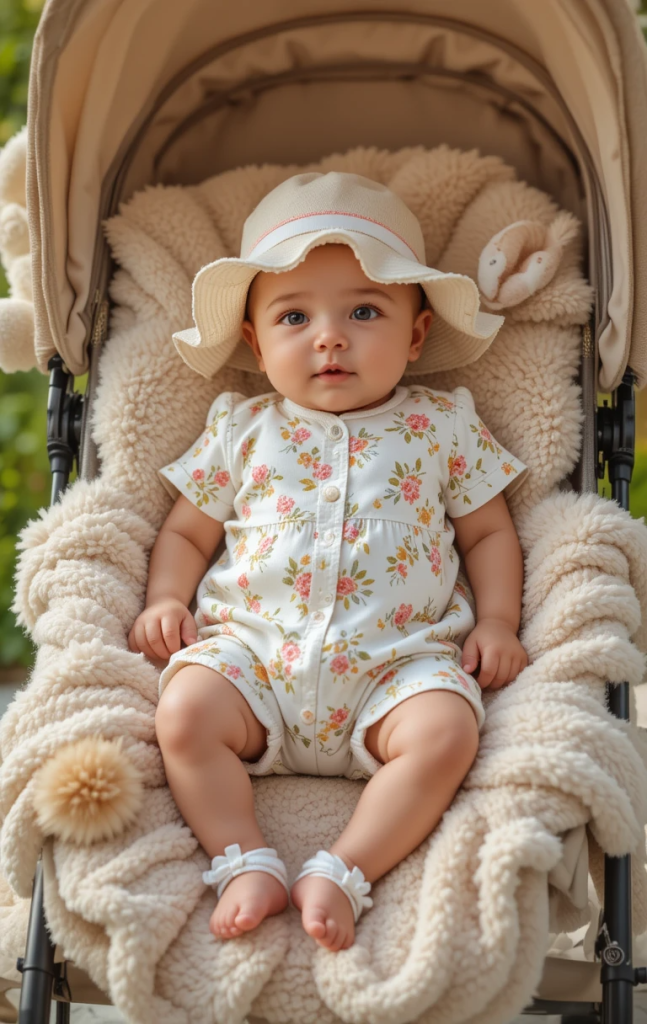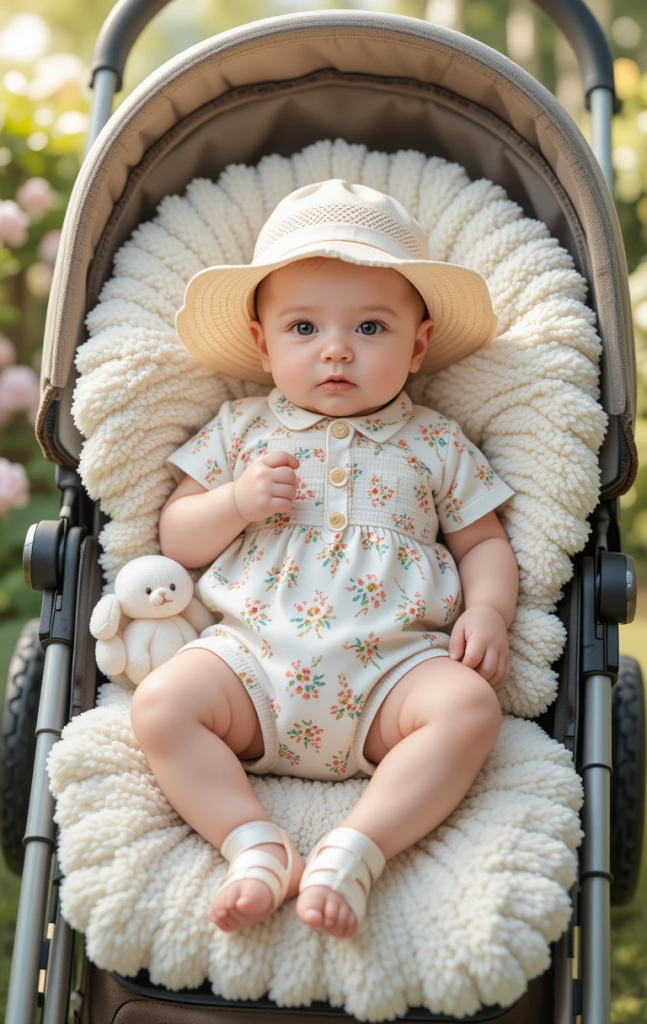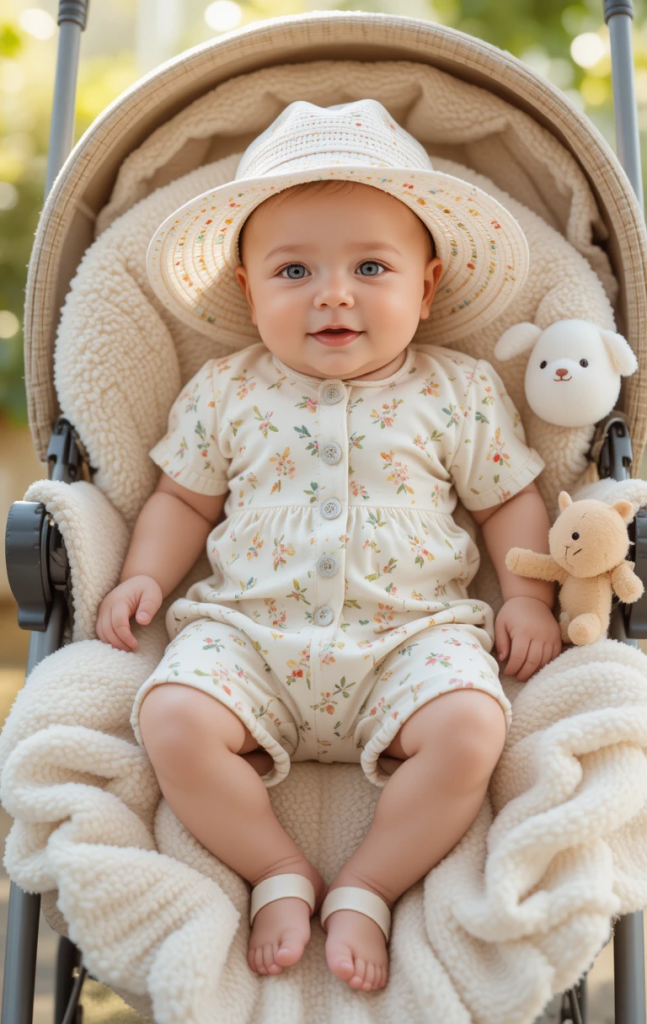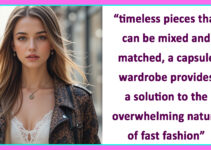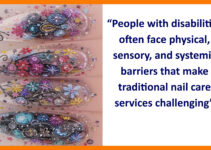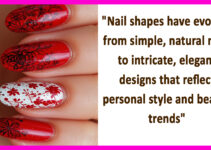
Welcoming a new baby into your home is an exciting and joyous occasion, but it also comes with a lot of decisions—especially when it comes to creating a safe and comfortable sleep environment. The crib is one of the most important pieces of furniture you’ll buy for your baby, as it’s where they’ll spend a significant amount of time during their first few years. With so many options on the market, choosing the perfect crib can feel overwhelming. This guide will walk you through everything you need to know to select the safest, most comfortable, and practical crib for your little one.
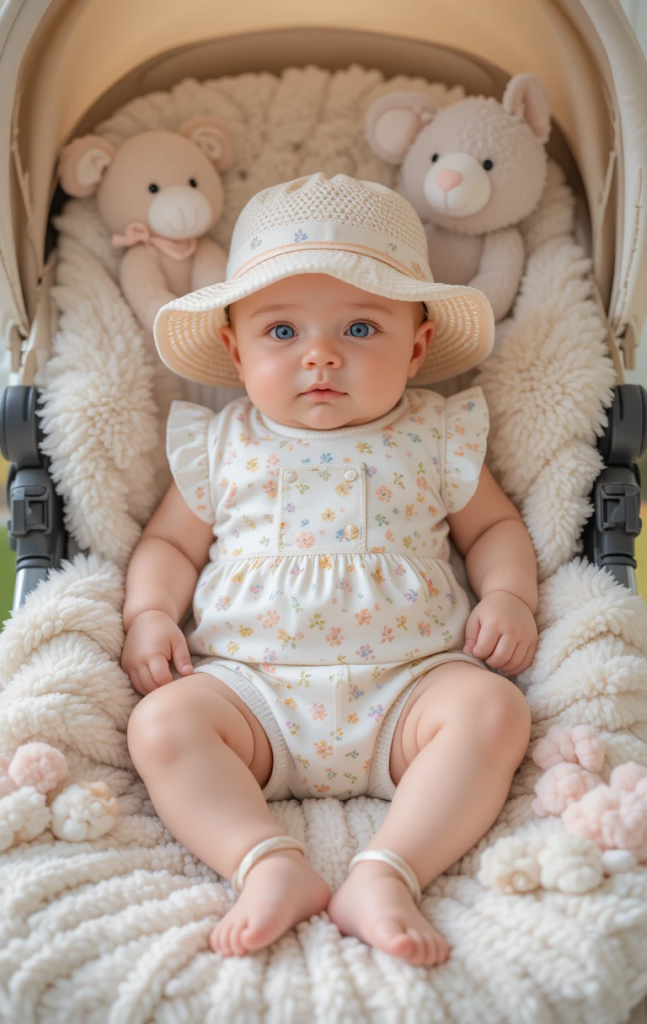
Why Choosing the Right Crib Matters
A crib is more than just a place for your baby to sleep—it’s their sanctuary. A well-designed crib provides a safe and cozy space that supports healthy sleep habits, which are essential for your baby’s growth and development. On the other hand, an unsafe or poorly constructed crib can pose serious risks, including suffocation, entrapment, or injury.
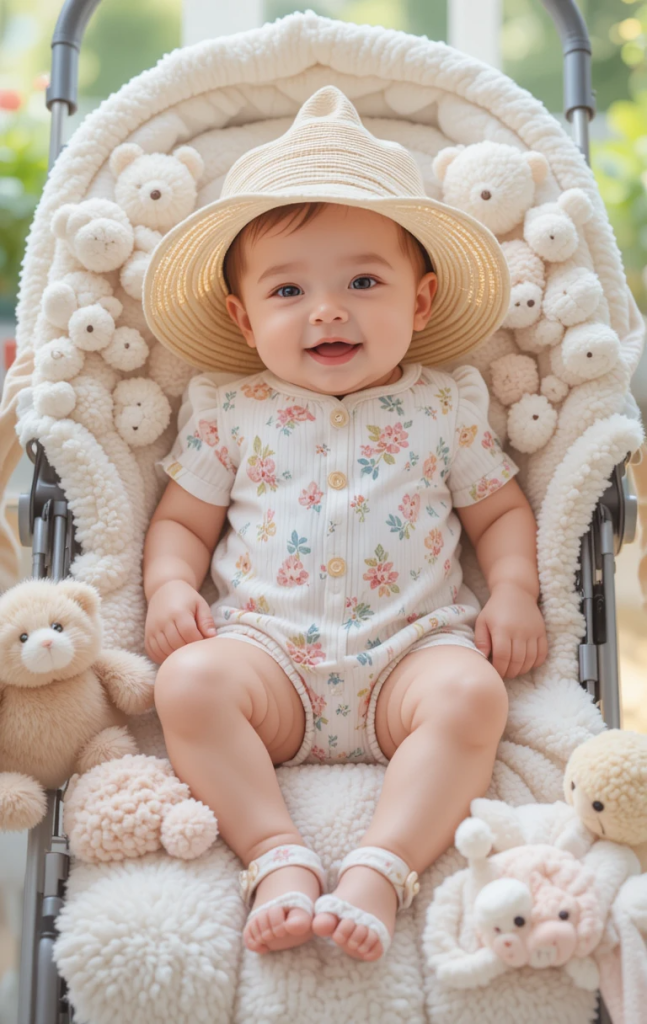
Beyond safety, the right crib should also be functional and adaptable to your family’s needs. Whether you’re looking for a classic crib, a convertible model, or a space-saving option, understanding the features and safety standards will help you make an informed decision.

Key Safety Standards to Look For
When shopping for a crib, safety should always be your top priority. Here are the most important safety standards and features to consider:
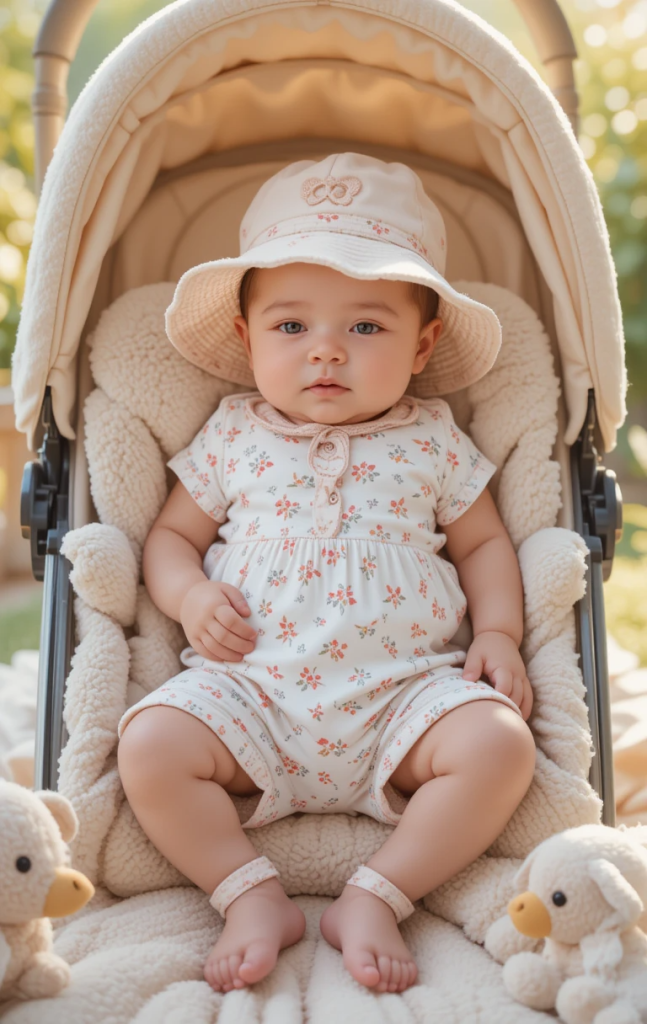
- JPMA Certification: Look for cribs certified by the Juvenile Products Manufacturers Association (JPMA). This certification ensures the crib meets or exceeds safety standards set by the Consumer Product Safety Commission (CPSC) and ASTM International.
- Slat Spacing: The distance between crib slats should be no more than 2 3/8 inches (about the width of a soda can) to prevent your baby’s head from getting stuck.
- Sturdy Construction: The crib should be made from durable materials, such as solid wood or metal, and should not wobble or feel flimsy.
- Non-Toxic Finish: Ensure the crib is finished with non-toxic paint or stain to protect your baby from harmful chemicals.
- Adjustable Mattress Height: A crib with multiple mattress height settings allows you to lower the mattress as your baby grows and becomes more mobile, reducing the risk of falls.
- No Drop-Side Rails: Drop-side cribs have been banned in the U.S. since 2011 due to safety hazards. Always choose a crib with fixed sides.
- Teething Rails: If the crib has teething rails (plastic covers on the top edges), make sure they are securely attached and free from cracks or damage.
- No Corner Posts: Avoid cribs with decorative corner posts, as they can pose a strangulation risk if clothing gets caught.
Types of Cribs

There are several types of cribs to choose from, each with its own advantages. Consider your lifestyle, budget, and space when deciding which type is right for your family.
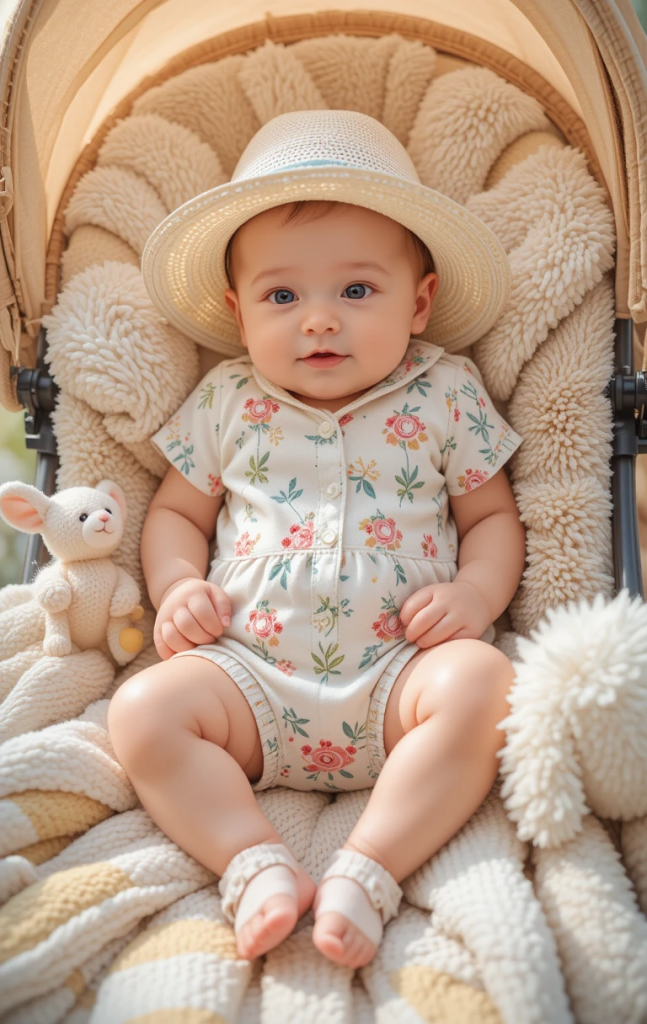
1. Standard Cribs
Standard cribs are the most common and traditional option. They are designed for infants and typically convert into toddler beds, daybeds, or full-size beds as your child grows.
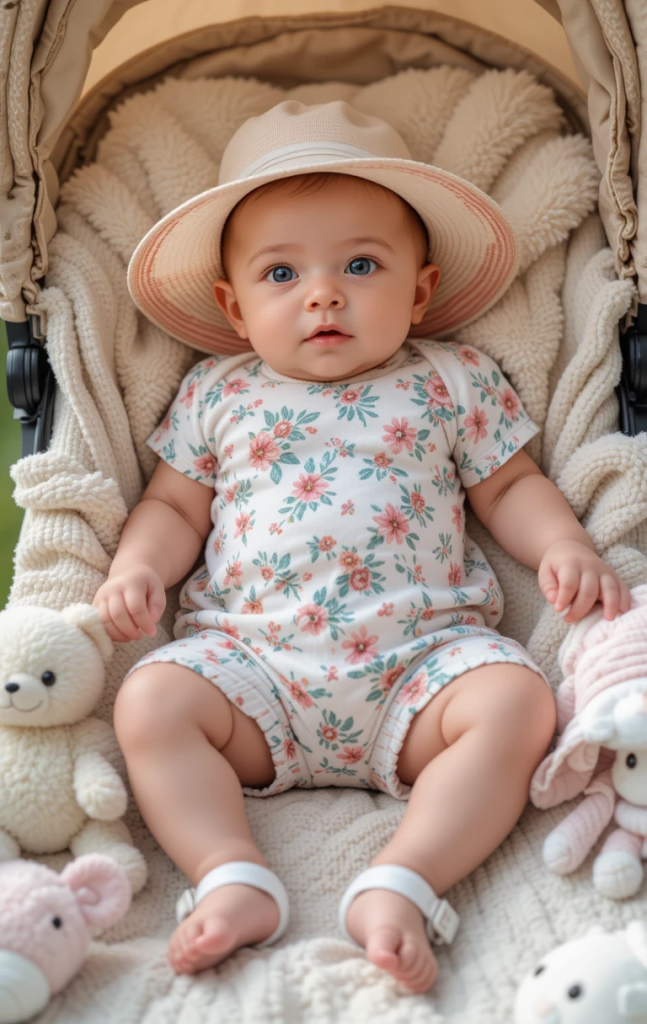
- Pros: Durable, versatile, and widely available.
- Cons: Larger and heavier than other options, making them less portable.
2. Convertible Cribs
Convertible cribs are designed to grow with your child. They can transform from a crib to a toddler bed, daybed, and sometimes even a full-size bed with the addition of conversion kits.
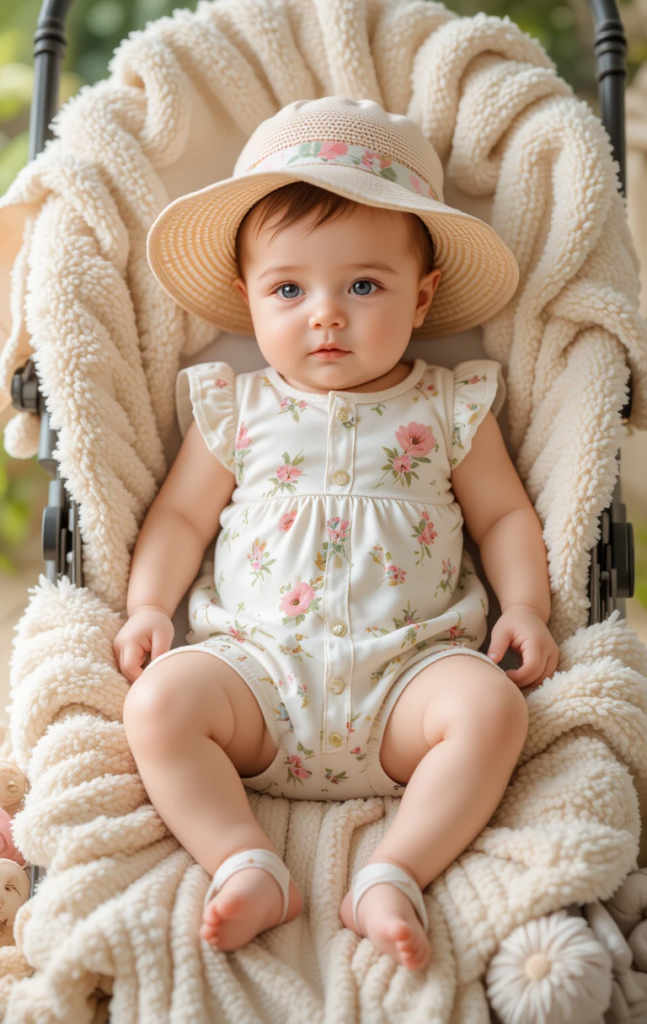
- Pros: Long-lasting and cost-effective in the long run.
- Cons: Higher upfront cost and may require additional conversion kits.
3. Mini Cribs
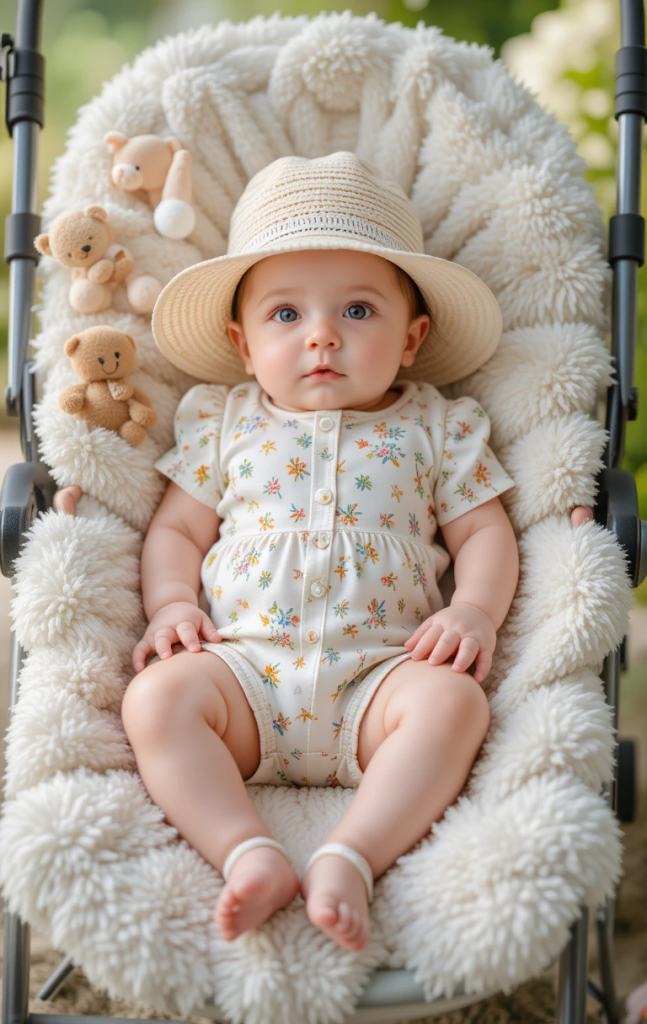
Mini cribs are smaller versions of standard cribs, making them ideal for small spaces or as a secondary crib for travel or grandparents’ homes.
- Pros: Compact, portable, and often more affordable.
- Cons: Shorter lifespan, as your baby will outgrow it faster.
4. Portable Cribs
Portable cribs, also known as playards or travel cribs, are lightweight and foldable, making them perfect for families on the go.
- Pros: Easy to transport and set up, versatile for travel or naps.
- Cons: Less sturdy than standard cribs and not suitable for long-term use.
5. Round Cribs
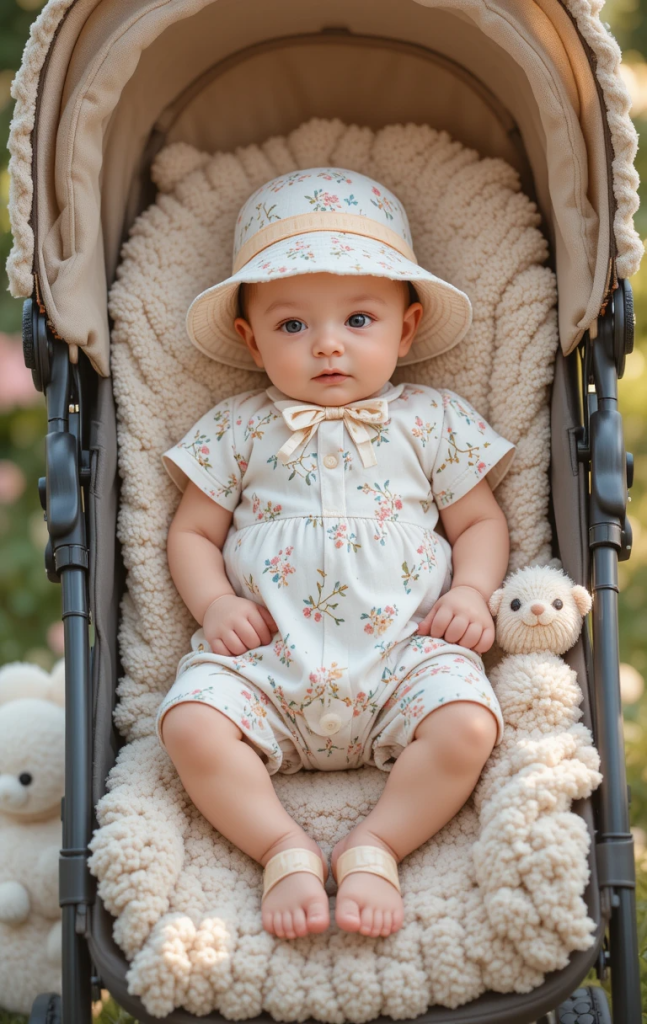
Round cribs are a unique and stylish option that can add a touch of elegance to your nursery. They are less common and often come with a round mattress.
- Pros: Eye-catching design and spacious interior.
- Cons: Limited availability, higher cost, and fewer bedding options.
Choosing the Right Mattress
A safe and comfortable mattress is just as important as the crib itself. Here’s what to look for when selecting a crib mattress:
- Firmness: The mattress should be firm to reduce the risk of suffocation and support your baby’s developing spine.
- Fit: The mattress should fit snugly within the crib frame, with no gaps larger than two fingers between the mattress and the crib sides.
- Materials: Look for mattresses made from non-toxic, hypoallergenic materials, such as organic cotton or natural latex.
- Waterproof Cover: A waterproof cover makes cleaning easier and protects the mattress from spills and accidents.
- Dual-Sided Design: Some mattresses have a firmer side for infants and a softer side for toddlers, offering extended use.
Essential Crib Accessories
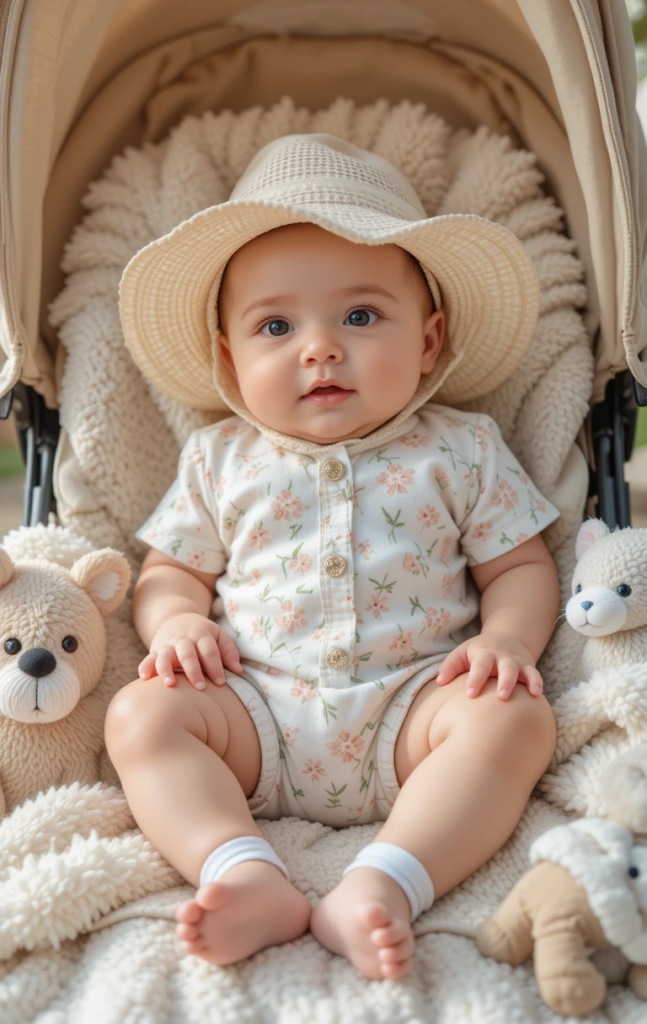
To create the perfect sleep space, consider adding these accessories to your crib:
- Fitted Sheets: Choose soft, breathable, and snug-fitting sheets made from organic cotton or bamboo.
- Crib Bumpers: Avoid traditional padded bumpers, as they pose a suffocation risk. Instead, opt for mesh bumpers or breathable liners if needed.
- Sleep Sacks: Sleep sacks are a safer alternative to blankets, keeping your baby warm without the risk of suffocation.
- Baby Monitor: A reliable baby monitor helps you keep an eye (or ear) on your little one while they sleep.
- Mobile: A crib mobile can provide visual stimulation and soothe your baby to sleep. Ensure it’s securely attached and out of reach.
Setting Up the Crib Safely
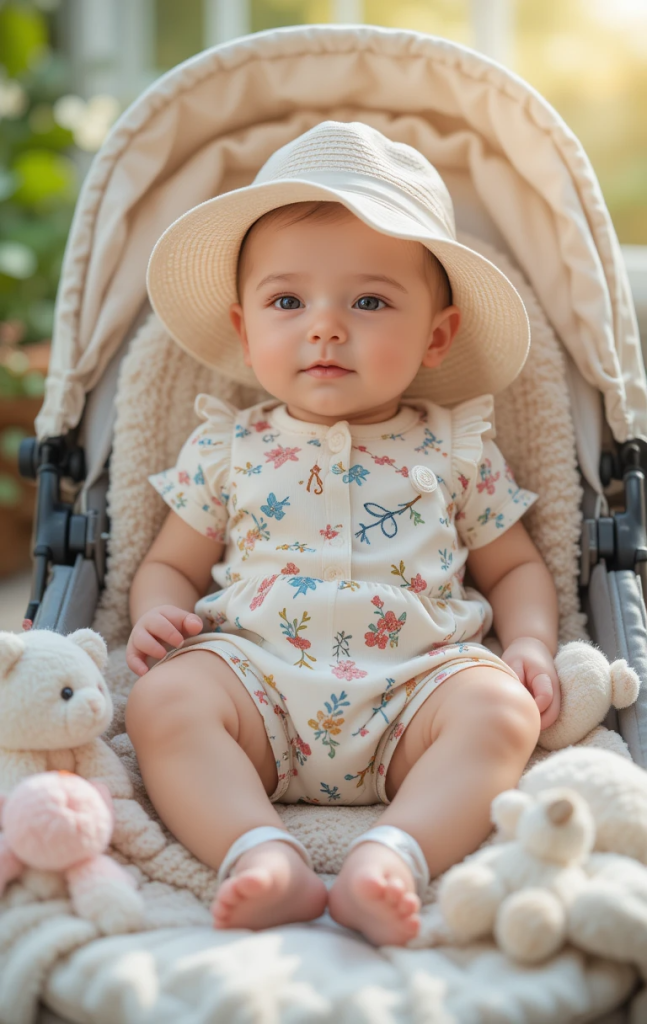
Once you’ve chosen the perfect crib, follow these tips to set it up safely:
- Placement: Position the crib away from windows, blinds, cords, and furniture to prevent accidents.
- Assembly: Follow the manufacturer’s instructions carefully and double-check that all screws and bolts are securely tightened.
- Mattress Height: Start with the mattress at the highest level for newborns, and lower it as your baby grows and begins to sit or stand.
- Remove Hazards: Keep stuffed animals, pillows, and loose bedding out of the crib to reduce the risk of suffocation.
- Regular Inspections: Periodically check the crib for loose hardware, cracks, or other signs of wear and tear.
Tips for Transitioning to a Crib
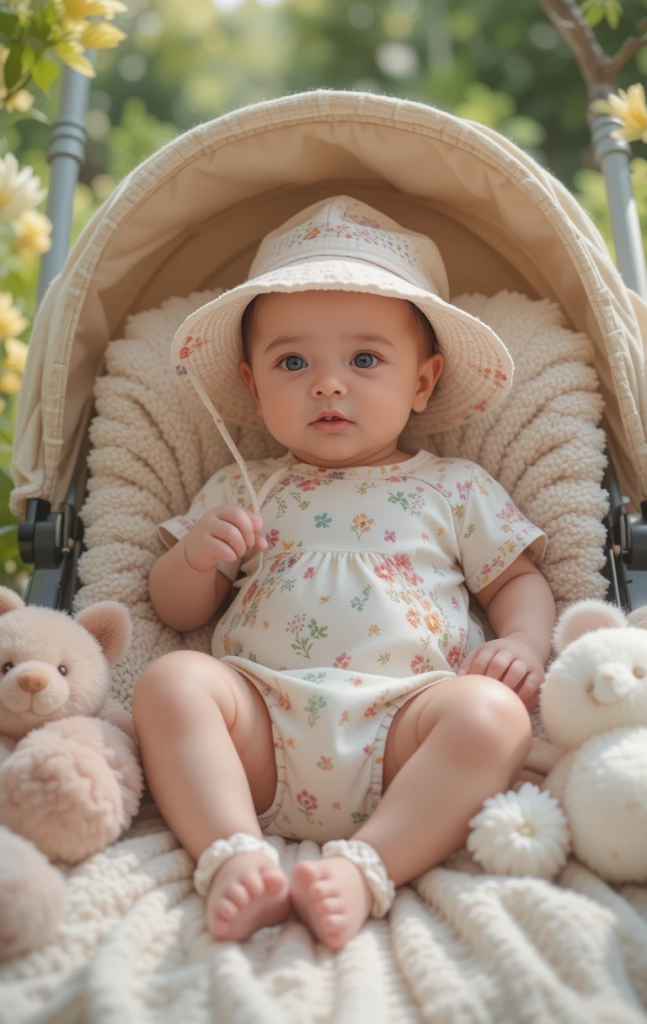
If your baby has been sleeping in a bassinet or co-sleeper, transitioning to a crib can be a big adjustment. Here are some tips to make the process smoother:
- Start Early: Introduce the crib for naps before using it for nighttime sleep.
- Create a Routine: Establish a consistent bedtime routine to help your baby associate the crib with sleep.
- Use Familiar Items: Place a favorite blanket or lovey in the crib to provide comfort.
- Be Patient: It may take time for your baby to adjust to the new sleep space, so be patient and offer plenty of reassurance.
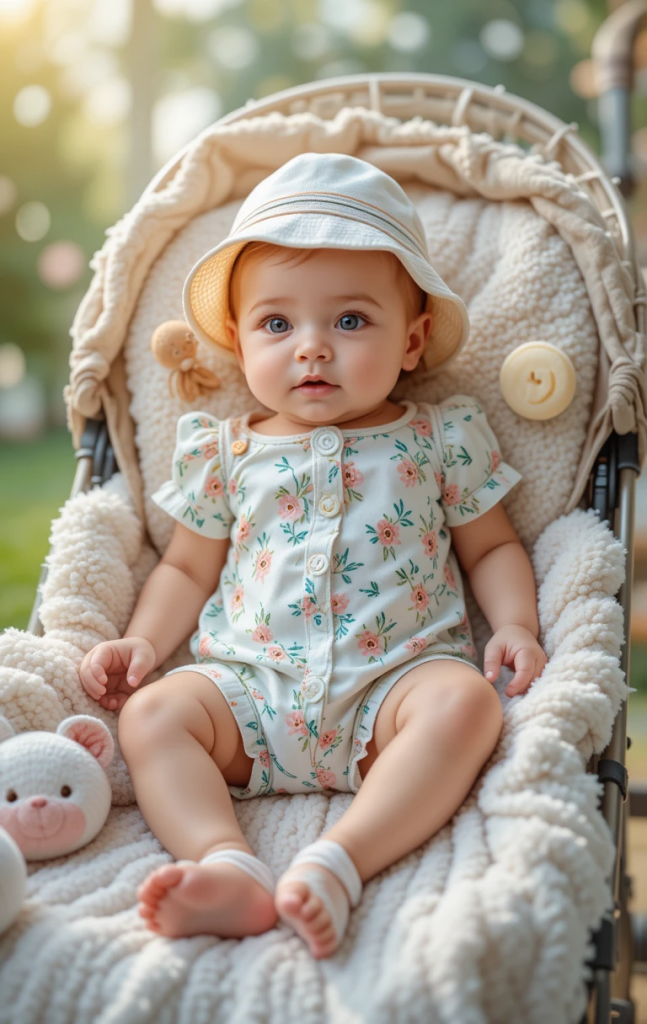
Choosing the perfect crib is an investment in your baby’s safety, comfort, and well-being. By prioritizing safety standards, selecting the right type of crib, and creating a cozy sleep environment, you can ensure your little one has the best possible start in life. Remember, the perfect crib is one that meets your family’s needs and gives you peace of mind, knowing your baby is sleeping safely and soundly. Sweet dreams!

